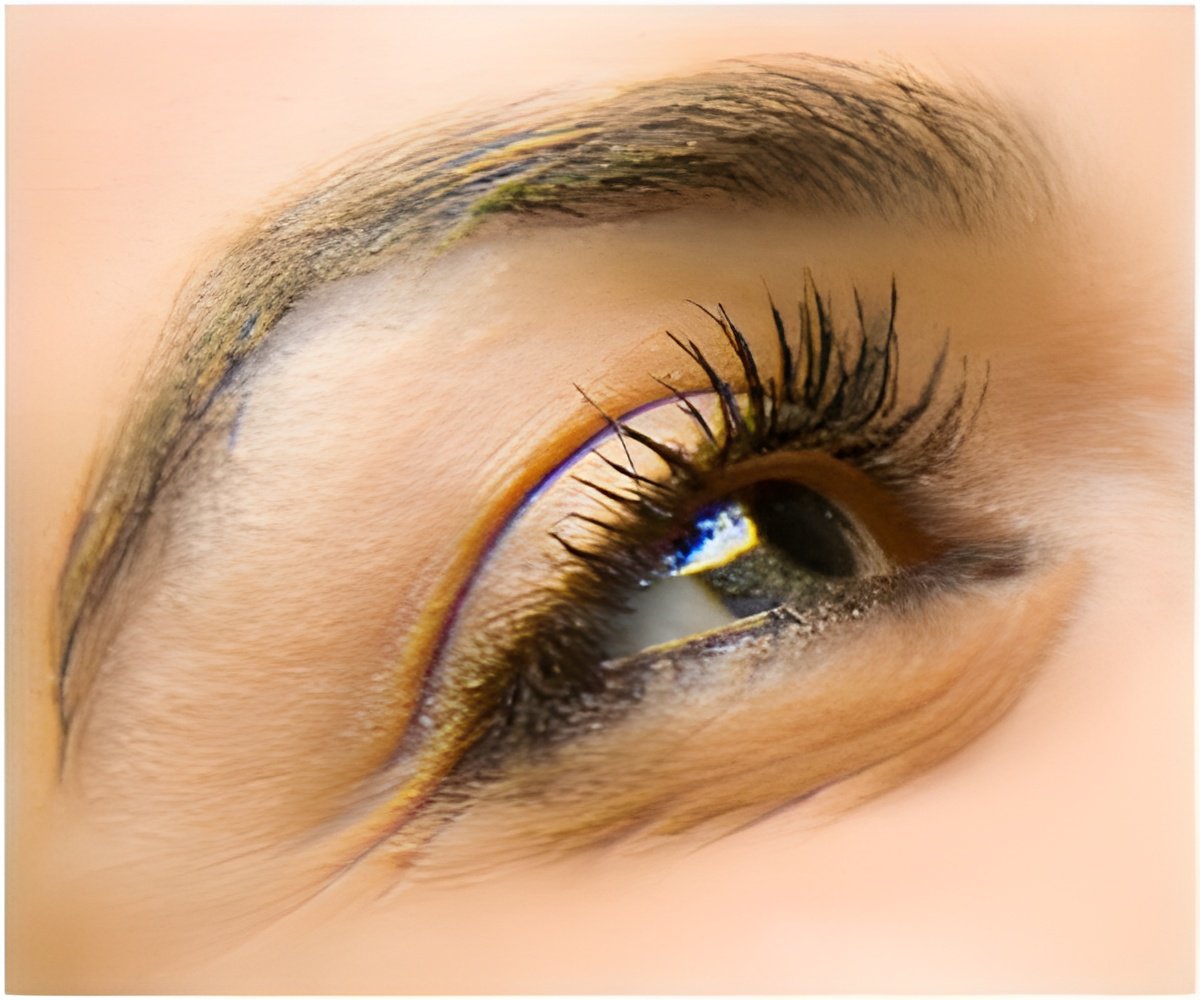An international team of researchers co-led by scientists at Washington University School of Medicine in St. Louis has found that under certain conditions, the retina can sense infrared light.

Using cells from the retinas of mice and people, and powerful lasers that emit pulses of infrared light, the researchers found that when laser light pulses rapidly, light-sensing cells in the retina sometimes get a double hit of infrared energy. When that happens, the eye is able to detect light that falls outside the visible spectrum.
"We're using what we learned in these experiments to try to develop a new tool that would allow physicians to not only examine the eye but also to stimulate specific parts of the retina to determine whether it's functioning properly," said senior investigator Vladimir J. Kefalov, PhD, associate professor of ophthalmology and visual sciences at Washington University. "We hope that ultimately this discovery will have some very practical applications."
The findings are published Dec. 1 in the Proceedings of the National Academy of Sciences (PNAS) Online Early Edition. Collaborators include scientists in Cleveland, Poland, Switzerland and Norway,
The research was initiated after scientists on the research team reported seeing occasional flashes of green light while working with an infrared laser. Unlike the laser pointers used in lecture halls or as toys, the powerful infrared laser the scientists worked with emits light waves thought to be invisible to the human eye.
"They were able to see the laser light, which was outside of the normal visible range, and we really wanted to figure out how they were able to sense light that was supposed to be invisible," said Frans Vinberg, PhD, one of the study's lead authors and a postdoctoral research associate in the Department of Ophthalmology and Visual Sciences at Washington University.
Advertisement
Source-Eurekalert













